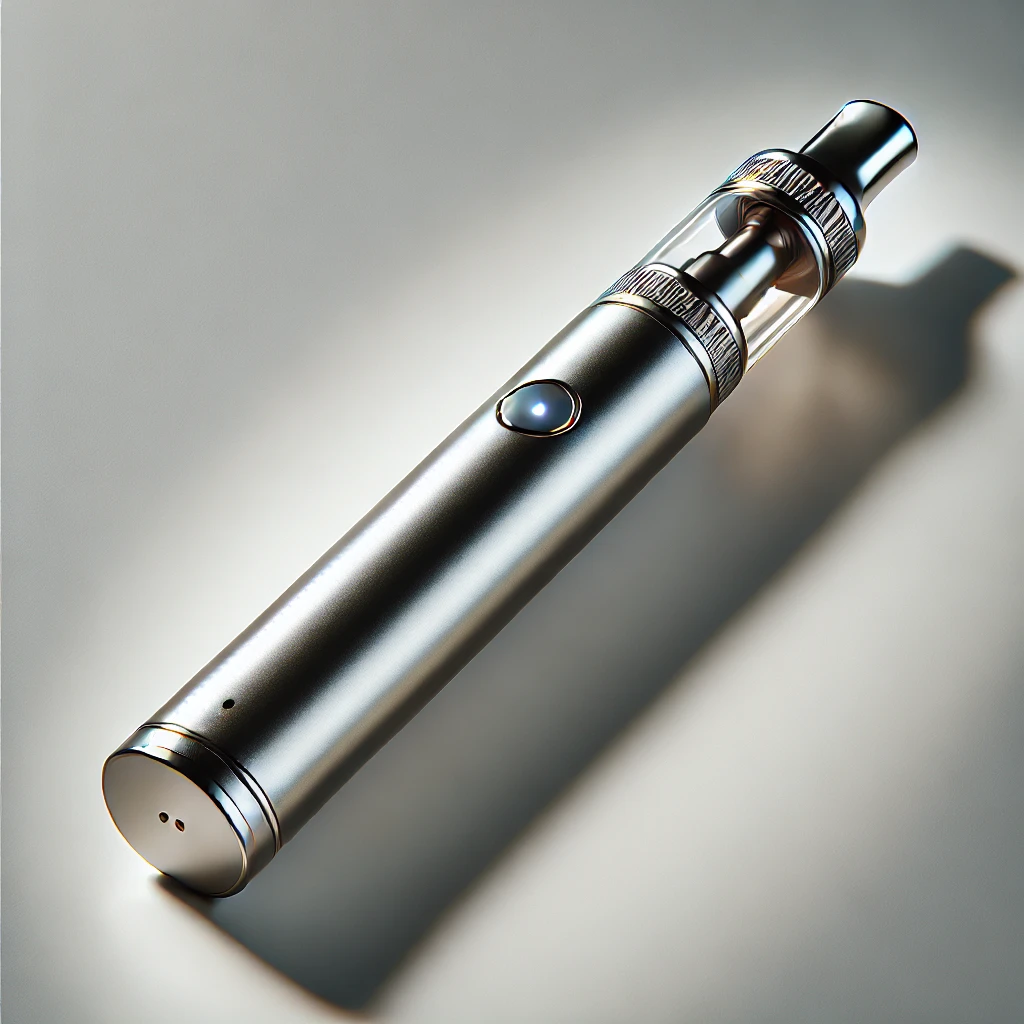What Kids Are Vaping: A Comprehensive Look at the Trend and Its Implications

In recent years, vaping has surged in popularity, particularly among teenagers. This trend, alarming to parents, educators, and health professionals alike, prompts the critical question: what are kids vaping? Understanding the substances and devices kids use, the reasons behind this trend, and its potential health impacts is essential for addressing this growing concern.
The Rise of Vaping Among Kids
Vaping, initially introduced as a safer alternative to smoking, has rapidly evolved. What began with e-cigarettes aimed at adult smokers has morphed into a trend among teenagers. According to the CDC, nearly one in five high school students reported vaping in 2021, a significant increase from previous years. The appeal lies in the variety of flavors, the perceived social status, and the misconception of vaping being a “healthier” alternative to smoking.
Common Substances Kids Are Vaping
1. Nicotine: The most prevalent substance in vaping products, nicotine is highly addictive. Many teenagers are unaware of the nicotine content in their e-cigarettes, which can sometimes exceed that of traditional cigarettes.
2. THC: The psychoactive component of marijuana, THC, is increasingly found in vape products. THC vaping can lead to serious health issues, including respiratory problems and impaired cognitive development.
3. CBD: While less common, some kids are vaping CBD (cannabidiol), a non-psychoactive component of cannabis, often touted for its supposed health benefits.
4. Flavored E-liquids: A major draw for young users, these come in a variety of enticing flavors such as fruit, candy, and dessert. While some e-liquids are nicotine-free, the potential for addiction remains high due to the appealing flavors.
5. Synthetic Drugs: Alarmingly, some teens experiment with vaping synthetic drugs like synthetic cannabinoids (often known as K2 or Spice) and synthetic cathinones (bath salts), which can have unpredictable and dangerous effects.
Why Are Kids Vaping?
Several factors contribute to the rise in vaping among kids:
– Peer Pressure: The desire to fit in and be accepted by peers can drive teenagers to try vaping.
– Marketing and Social Media: Aggressive marketing tactics and the portrayal of vaping as trendy on social media platforms heavily influence young users.
– Misconceptions: Many teens believe that vaping is less harmful than smoking cigarettes, which leads to a higher uptake.
– Ease of Access: Vaping products are often easier for teenagers to obtain compared to traditional cigarettes.
Health Impacts of Vaping on Kids
The health implications of vaping for teenagers are significant and concerning:
– Addiction: Nicotine addiction can develop quickly in young users, leading to long-term dependence and a higher likelihood of switching to traditional cigarettes.
– Lung Damage: The inhalation of harmful substances can cause severe lung injuries, such as EVALI (e-cigarette or vaping product use-associated lung injury).
– Brain Developmen: Nicotine exposure during adolescence can interfere with brain development, affecting learning, memory, and attention.
– Mental Health: There is a growing body of evidence linking vaping to increased anxiety and depression among teens.
Addressing the Issue: What Can Be Done?
Addressing the vaping epidemic among kids requires a multi-faceted approach:
1. Education: Comprehensive education about the dangers of vaping should be integrated into school curriculums and community programs.
2. Regulation: Stricter regulations on the sale and marketing of vaping products to minors are essential.
3. Parental Involvement: Parents should engage in open conversations with their children about the risks of vaping and monitor for any signs of use.
4. Support Services: Providing resources and support for teens trying to quit vaping is crucial for long-term health and well-being.
Conclusion
Understanding what kids are vaping is the first step in combating this growing trend. By recognizing the substances involved, the reasons behind the trend, and the potential health impacts, parents, educators, and policymakers can work together to protect the health and future of our youth. The fight against teenage vaping is an ongoing battle, but with concerted efforts, it is a battle that can be won.
If any of the issues discussed in this article are causing problems for you, please do not hesitate to contact us, and we will try to assist you in any way possible.


